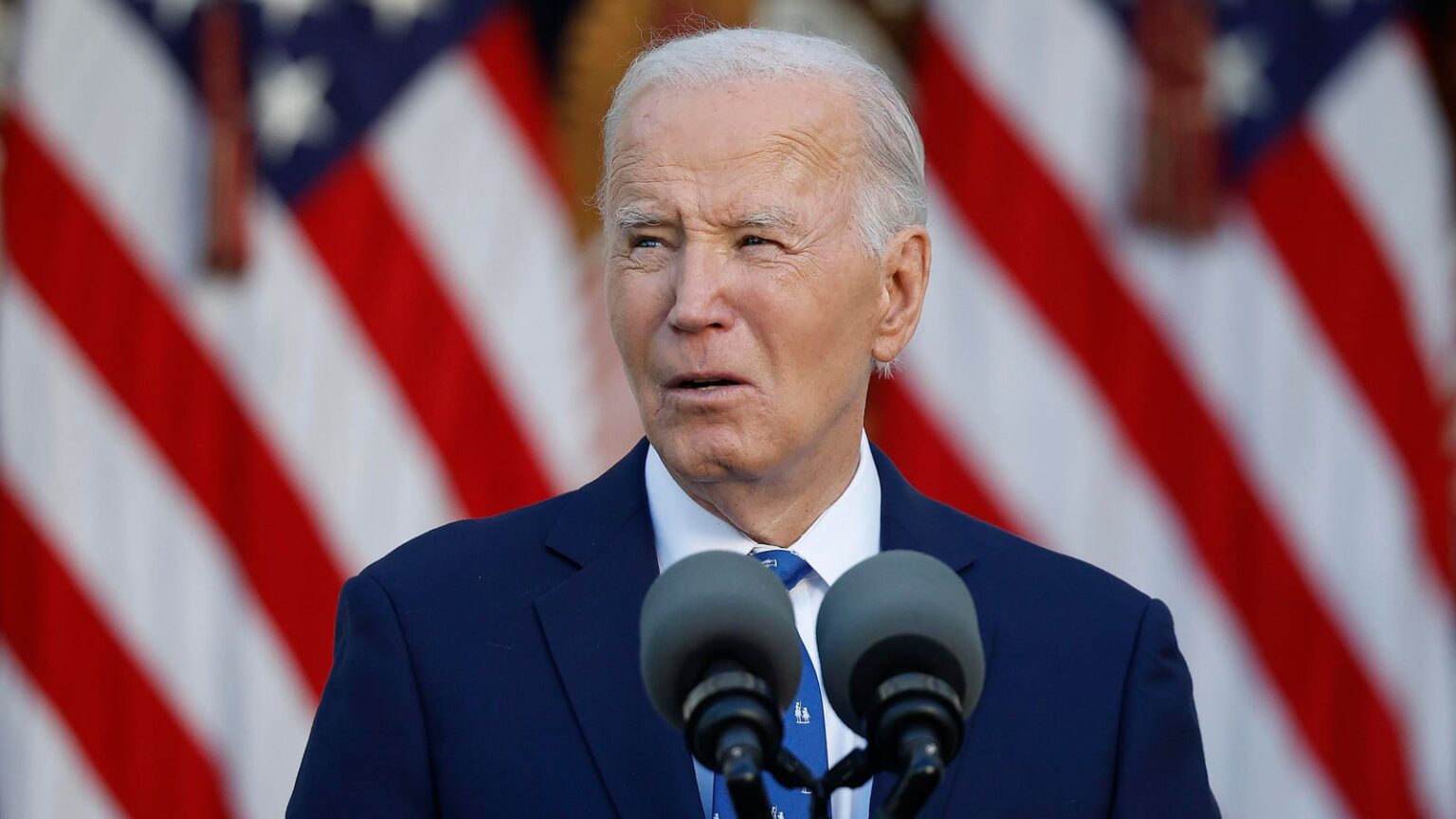In a significant development for student loan policy, the Biden administration’s new hardship-based student loan forgiveness program reached an important milestone recently, with the Education Department publishing draft regulations that have begun the public commentary phase. This initiative aims to address the challenges faced by borrowers experiencing financial stress by offering two distinct avenues for relief. However, with the prospect of Donald Trump returning to the presidency in January 2025, the future of this program hangs in the balance, casting doubt on its potential implementation.
The student loan forgiveness initiative delineated by President Biden’s administration proposes to grant automatic loan forgiveness to borrowers identified as at risk of default based on specific data. This automatic relief would be complemented by an application process for those unable to qualify for automatic forgiveness, allowing them to present their circumstances for case-by-case evaluations. The recently published draft rules specify numerous factors intended to gauge borrower hardship, including personal demographics, financial conditions, and educational background. This approach underscores the administration’s commitment to providing targeted support to those in genuine need of financial relief.
Reactions to the proposed student loan forgiveness plan have been sharply divided. On one side, a significant coalition of over 200 organizations, including labor unions and civil rights groups, has voiced strong approval of the initiative, arguing that it represents a critical step towards alleviating the student debt crisis. This coalition emphasizes that the proposed rules are crucial for helping millions of borrowers who are struggling with their financial responsibilities as a result of their educational loans. Conversely, conservative groups and lawmakers have raised significant legal concerns regarding the Department of Education’s authority to implement such a program, arguing that the plan lacks legal justifications and could lead to substantial financial liabilities for taxpayers.
Critics of the initiative highlight the ambiguities surrounding the term “hardship” as defined within the proposed regulations. Concerns have been expressed regarding the potential overreach of the Education Department, as it would involve determining borrowers’ eligibility based on a variety of subjective and possibly contentious life circumstances. Lawmakers have suggested that the regulation’s reliance on a 17-factor artificial intelligence model to automatically determine loan forgiveness might lack the necessary legal and ethical grounding, particularly echoed by the Republican contention that this method could lead to overstepping the Secretary of Education’s authority.
Looking ahead, the timeline for finalizing and implementing the new forgiveness program remains uncertain. While the Biden administration anticipates that the regulations might not be fully executed until 2025, the oncoming Trump presidency could pose a significant barrier to the initiative’s launch. Transition officials from Trump’s camp have not yet made definitive statements on their plans for this specific program, but there are indications of a broader strategy to unwind Biden’s student loan initiatives, many of which currently face legal scrutiny. The likelihood that Trump’s administration might simply choose not to pursue the implementation of the hardship forgiveness plan raises concerns about the longevity and viability of the relief efforts.
Given these dynamics, many observers speculate that the hardship-based student loan forgiveness may face hurdles even before it becomes operational. Legal challenges were anticipated given the contentious political backdrop surrounding student loan forgiveness, but the new administration’s approaches could negate the need for litigation by opting out of the program altogether. In essence, if the incoming Trump administration chooses to disregard the initiative before it is finalized, it could effectively halt the relief efforts, leaving borrowers without the promised support and further complicating the already fraught landscape of student debt in the U.S.
In conclusion, while the Biden administration’s effort to implement a hardship-based student loan forgiveness program signifies a noteworthy attempt to mitigate the burdens of student debt, the uncertain political landscape raises significant questions about its future. The portioning of public support and opposition reflects the polarized views on student loan forgiveness and encapsulates the larger debate about education financing in America. As the transition of power approaches, the fate of this program may become emblematic of broader policy shifts and ideological divides, signifying a pivotal moment in the ongoing struggle to address student debt crisis nationwide.

